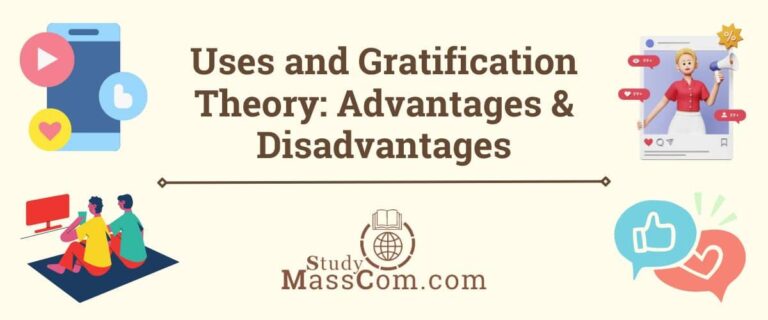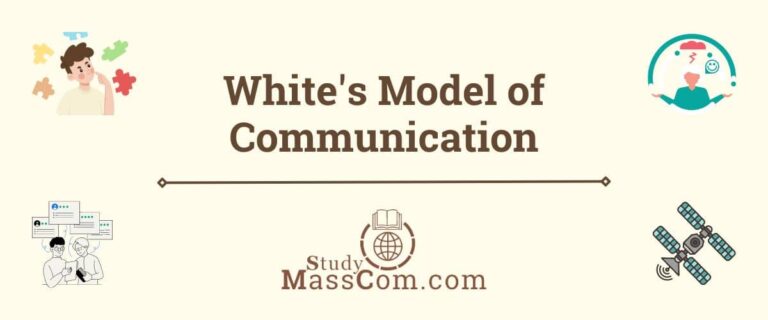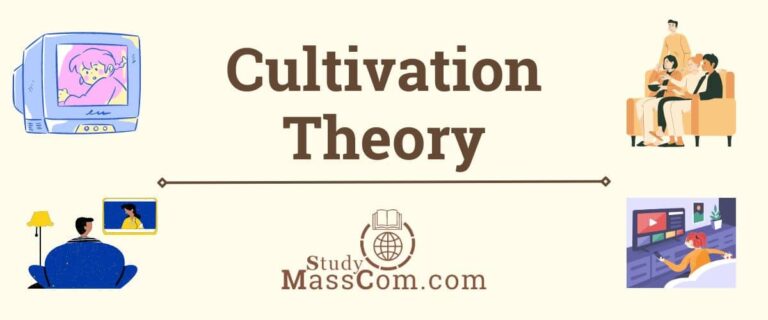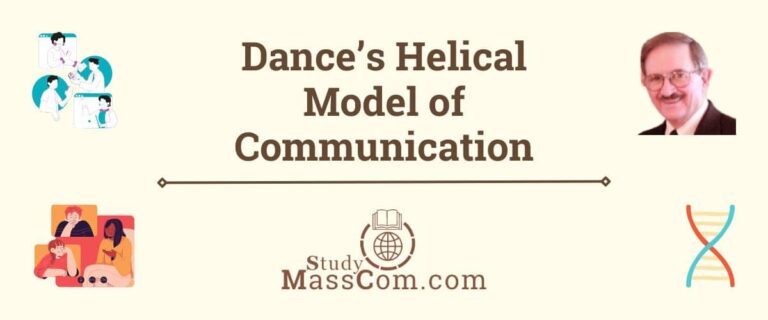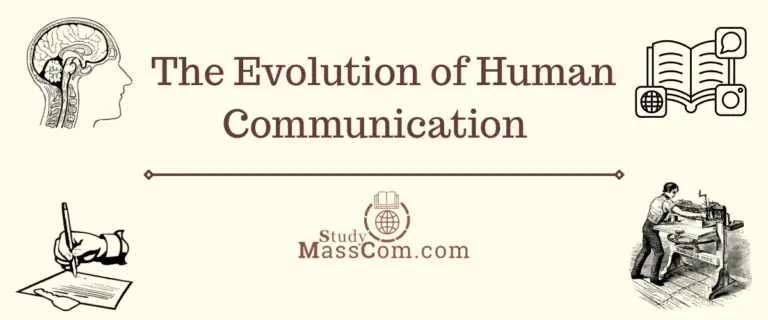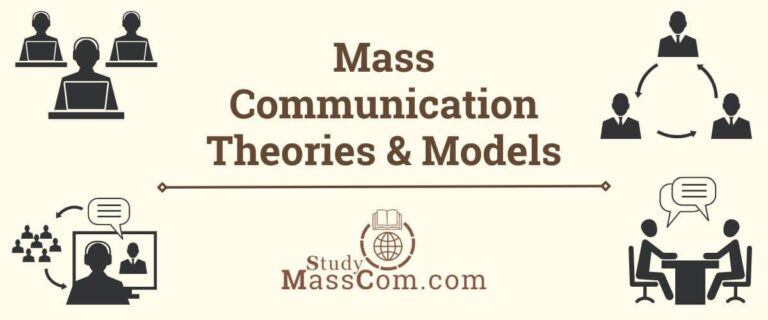Two-Step Flow Theory vs. Multi-Step Flow Theory
Communication models have played a crucial role in understanding how information spreads through societies. Two prominent models in this context are the Two-Step Flow Theory and the Multi-Step Flow Theory. Both theories propose different pathways of information dissemination and emphasize the role of opinion leaders and intermediaries. This article provides a comparative analysis of the Two-Step Flow Theory and the Multi-Step Flow Theory, exploring their key concepts, strengths, weaknesses, and real-world implications.

Two-Step Flow Theory
Definition of Two-Step Flow Theory
The Two-Step Flow Theory posits that information and influence flow from mass media to opinion leaders and then from opinion leaders to the broader public. This theory suggests that opinion leaders act as intermediaries, filtering and interpreting media messages before disseminating them to their social peers.
Historical Background
The Two-Step Flow Theory was first introduced by Paul Lazarsfeld, Elihu Katz, and others in the 1940s as a response to early research on media effects. It emerged during the rise of mass media and sought to understand how media messages influence individuals.
Key Concepts
The Two-Step Flow Theory posits that media messages primarily reach opinion leaders first, who then filter and interpret the information before disseminating it to the broader public. Opinion leaders are individuals who are highly informed, socially active, and hold considerable influence over their peers. They play a pivotal role in shaping public opinion and behavior.
Strengths of Two-Step Flow Theory
This theory provides insights into the role of interpersonal communication in the diffusion of information. It explains how media messages can be more influential when filtered through opinion leaders, as they add a personal touch and context to the information.
Weaknesses of Two-Step Flow Theory
This theory overlooks the role of other communication channels and influencers beyond the two-step process. The concept of opinion leadership may not hold true in all social contexts, and the identification of opinion leaders can be challenging.
Multi-Step Flow Theory
Definition of Multi-Step Flow Theory
The Multi-Step Flow Theory is an extension of the Two-Step Flow Theory, proposing that communication is more complex and involves multiple intermediaries with varying degrees of influence. In this model, information spreads through several steps, forming communication networks that shape public opinion.
Historical Background
The Multi-Step Flow Theory, proposed by Elihu Katz and Paul Lazarsfeld in the late 1950s, builds upon the Two-Step Flow Theory but acknowledges that communication flows through multiple intermediaries, rather than just two steps.
Key Concepts
The Multi-Step Flow Theory suggests that information dissemination is more complex, involving several intermediaries with varying degrees of influence. These intermediaries form a communication network through which information spreads, and each step contributes to shaping public opinion.
Strengths of Multi-Step Flow Theory
This theory reflects the dynamic nature of communication networks and the involvement of various influencers. It recognizes the role of weak ties in communication, which can be influential in spreading information across diverse social groups.
Weaknesses of Multi-Step Flow Theory
The complexity of the model makes it challenging to test and measure in real-world scenarios. Like the Two-Step Flow Theory, the identification of specific intermediaries and their influence can be difficult.
You can also read about the Magic Bullet Theory.
Differences Between Two-Step Flow Theory & Multi-Step Flow Theory
Context of Emergence
Two-Step Flow Theory: The Two-Step Flow Theory emerged in the mid-20th century, a time dominated by mass media such as newspapers, radio, and television.
Multi-Step Flow Theory: The Multi-Step Flow Theory developed as a response to the changing media landscape in the late 1950s and beyond, with increasing media diversification and the recognition of the role of interpersonal communication.
Number of Intermediaries
Two-Step Flow Theory: As the name suggests, the Two-Step Flow Theory involves two main steps: from mass media to opinion leaders and then to the general public. It assumes a more linear flow of communication.
Multi-Step Flow Theory: The Multi-Step Flow Theory recognizes that information dissemination involves more than two steps. It acknowledges the presence of several intermediaries, each contributing to the transmission of information.
Identification of Intermediaries
Two-Step Flow Theory: The Two-Step Flow Theory primarily focuses on identifying and understanding the role of opinion leaders.
Multi-Step Flow Theory: The Multi-Step Flow Theory extends the scope beyond opinion leaders to consider the identification and analysis of various intermediaries and communication nodes in the network.
Information Pathway
Two-Step Flow Theory: Information flows from mass media to opinion leaders and then to the general public.
Multi-Step Flow Theory: Information flows through multiple intermediaries and communication networks before reaching the wider public.
Role of Opinion Leaders
Two-Step Flow Theory: Opinion leaders play a central role in the Two-Step Flow Theory. They are influential individuals who are well-informed, socially active, and capable of shaping the opinions and behaviors of their peers.
Multi-Step Flow Theory: Opinion leaders are still important in the Multi-Step Flow Theory, but they are one part of a larger network of intermediaries. The model recognizes that influence can come from various sources beyond traditional opinion leaders.
Complexity of Communication
Two-Step Flow Theory: The Two-Step Flow Theory provides a more straightforward and linear representation of communication, where information passes from media to opinion leaders and then to the public.
Multi-Step Flow Theory: The Multi-Step Flow Theory acknowledges the complexity of communication networks, with multiple pathways and channels through which information spreads. It presents a more intricate view of the communication process.
Influence of Weak Ties
Two-Step Flow Theory: The Two-Step Flow Theory does not explicitly account for the role of weak ties (casual or distant acquaintances) in information dissemination.
Multi-Step Flow Theory: The Multi-Step Flow Theory recognizes the importance of weak ties in spreading information across diverse social groups. Weak ties can have a significant influence, especially in the digital age.
Relevance in the Digital Age
Two-Step Flow Theory: The Two-Step Flow Theory still has relevance in the digital age, but it requires adaptation to account for the influence of social media and online influencers.
Multi-Step Flow Theory: The Multi-Step Flow Theory has gained relevance in the digital age due to the proliferation of communication channels and the interconnectedness of online communities.
Explore the differences between traditional media and new media.
Real-World Implications
Two-Step Flow Theory: It has been used in marketing and advertising to identify and target opinion leaders as influencers in promotional campaigns.
Multi-Step Flow Theory: The Multi-Step Flow Theory has implications for understanding the dynamics of information diffusion in online communities and the spread of viral content.
Conclusion
Both the Two-Step Flow Theory and the Multi-Step Flow Theory have contributed significantly to our understanding of communication processes. While the Two-Step Flow Theory emphasizes the role of opinion leaders, the Multi-Step Flow Theory acknowledges the complexity of communication networks. In the digital age, these models continue to be relevant, albeit with some modifications to account for the influence of social media and online communities. Understanding these theories helps us comprehend how information travels and how it can be effectively disseminated or controlled in today’s interconnected world.
Check out the similarities and differences between media literacy and digital literacy.
FAQs
The main difference between Two-Step Flow Theory and Multi-Step Flow Theory lies in the pathway of information dissemination. Two-Step Flow Theory suggests that information flows from mass media to opinion leaders and then to the general public, emphasizing the role of a few influential intermediaries. In contrast, Multi-Step Flow Theory recognizes the complexity of communication networks, proposing that information spreads through multiple intermediaries with varying degrees of influence before reaching the wider public. Multi-Step Flow Theory reflects a more dynamic and intricate process of information diffusion compared to the more straightforward, two-step pathway of the Two-Step Flow Theory.
The superiority of either Two-Step Flow Theory or Multi-Step Flow Theory depends on the context and specific research questions. Both theories offer valuable insights into communication processes. Two-Step Flow Theory provides a simple and intuitive model that highlights the role of influential opinion leaders. It is suitable for scenarios where direct, linear influence is significant. On the other hand, Multi-Step Flow Theory recognizes the complexity of real-world communication, accounting for diverse intermediaries and network dynamics. It is more applicable when studying intricate communication patterns and information diffusion across diverse social groups. Ultimately, the choice between the two theories should align with the research objectives and the intricacies of the communication context under investigation.

